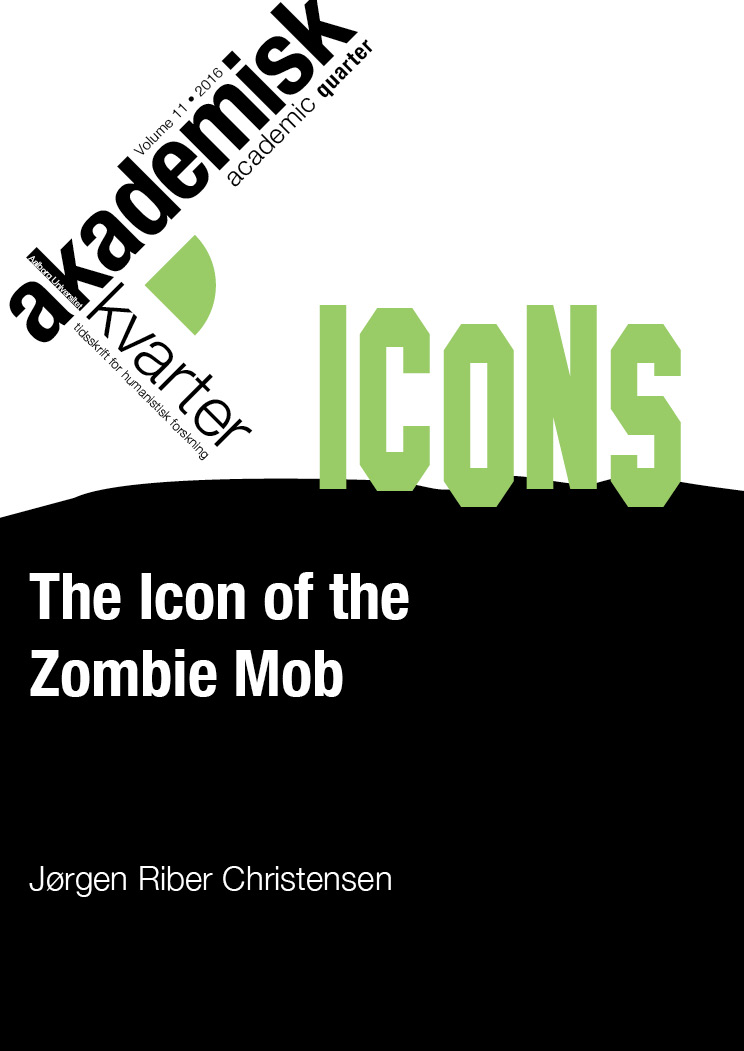Abstract | Abstract
The research question of the article is: In the film World War Z (Marc Forster, 2013) not only the iconology of the zombie has changed, also its iconography is new. How does this double alteration of the zombie influence its iconic significance? A hypothetical answer to this question is based on an investigation of the locations of the film, including the climactic battle scene with zombies in Moscow Red Square, which was dropped from the final cut. This answer is contextualized in a description of the relatively short cultural history of the zombie with its most recent manifestation in this film. The article sees this zombie manifestation as a mob, a new kind of magnification monster that has entered the global body politic. This is in a more specific sense than the prevalent understanding of the zombie as an icon of fear of globalisation; but it is also a continuation of the cultural critique of mass society as expressed in for instance George Romero’s zombie film trilogy. If the zombie has become the mob, then a reciprocal question remains. Why has the mob been depicted as zombies in World War Z? Here a historical contextualisation can provide an answer, and the article connects the historical role of crowds and mobs in the world of politics, including the so-called “Year of the crowd”, 1989 to contemporary media iconography of mobs in especially Middle Eastern politics. Finally, the article connects the double nature of a cultural icon as both popular and a hegemonic tool to the historically dualistic conception of mobs.
